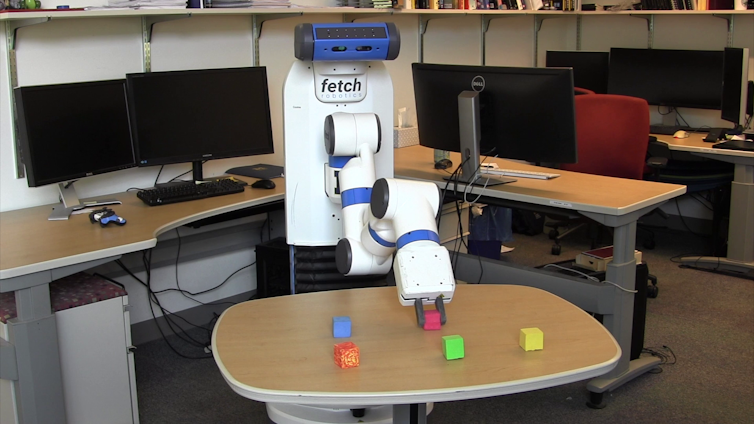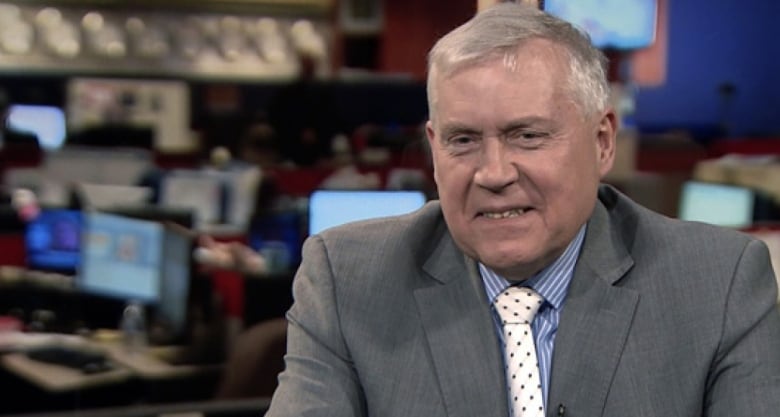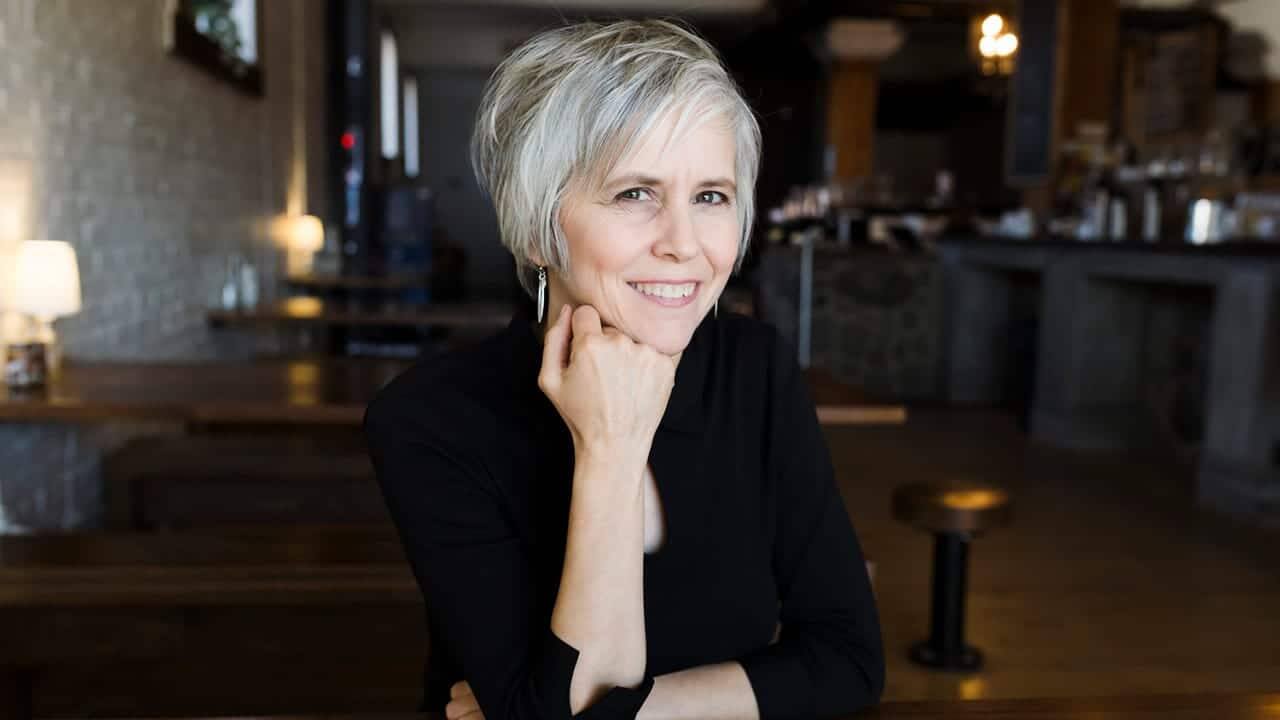Jeff Lagerquist
Fri, July 22, 2022
The Ontario-based think tanks say Canadians are increasingly concerned about how climate risk is being managed by those overseeing their pensions.
Climate progress at Canada's largest pension funds is "impossible to track," according to a new study calling for greater transparency from an industry that manages more than $2 trillion in assets on behalf of millions of Canadians.
Many of the largest funds have committed to making their portfolios greener, and adopted net-zero targets in response to mounting pressure to address climate change. However, the Smart Prosperity Institute and The Global Risk Institute in Financial Services note in their study that there is no binding requirement to track these voluntary commitments, and no standardized climate-related disclosure for pension funds.
"There is a significant transparency gap in determining what type of progress is being made, and whether these pledges will ring hollow," the study's authors wrote.
"Beneficiaries, researchers, and other stakeholders . . . will currently find it impossible to track progress on these commitments, given the opaque nature of disclosure on related metrics and lack of mandatory requirements to deliver on the promises."
The Ontario-based think tanks say Canadians are increasingly concerned about how climate risk is being managed by those overseeing their retirement incomes. At the same time, the study highlights the potential for pension funds to shape global markets, and hasten the transition to a lower-emission economy through their massive balance sheets.
Pension funds reached by Yahoo Finance Canada referred to frameworks and disclosure practices currently in place when asked about the study's claim that tracking progress on climate commitments by the general public is "impossible."
"CDPQ is a leader in terms of climate targets and transparency," a spokesperson for Caisse de dépôt et placement du Québec, manager of nearly $420 billion in assets, told Yahoo Finance Canada in an email on Thursday. "We have been reporting our carbon intensity annually since 2017, and the value of our green assets in our portfolio."
CDPQ says it followed recommendations outlined by the Task Force on Climate-Related Financial Disclosures (TCFD) in its latest Sustainable Investing Report.
TCFD is a framework developed by the Basel-based Financial Stability Board that's become recognized as the global standard. Its disclosures span board-level responsibility for climate risks, tallies of greenhouse gas emissions, and analysis of business prospects under a range of temperature scenarios. The task force recommends that such climate-related financial disclosures be voluntarily included in public financial filings.
A spokesperson for the Public Sector Pension Investment Board (PSPIB), a pension investment manager with $230.5 billion in net assets, says it also voluntarily discloses the carbon intensity of its portfolio in its public reports, in accordance with TCFD recommendations. Maria Constantinescu adds that the fund's climate strategy roadmap is designed to be updated with new metrics and data as they become available.
Shift Action for Pension Wealth and Planet Health is a group that monitors the fossil fuel and climate-related investments of Canadian pension funds. It called PSPIB's climate strategy a "notable step forward" when it was released in April. However, it raised concerns, including language that could be used to ignore Scope 3 emissions. For example, the pollution from the tailpipes of cars built by an automaker, and the end-of-life treatment of the vehicle.
"The strategy's commitments and implementation plans are lacking in clarity, but it's clear that PSP is listening to the growing concerns of beneficiaries and beginning to recognize the scale and urgency of the climate crisis," Shift Action said in a statement.
Canada Pension Plan Investment Board (CPPIB), the country's largest pension plan with more than $539 billion in assets under management, declined to comment on the report's findings. Five other major pension plans did not respond to a request for comment.
In May, the Office of the Superintendent of Financial Institutions (OSFI) released draft rules intended to force banks and the other institutions to assess and manage potential weak spots from physical climate risks, as well as those stemming from economic and policy changes. OSFI also intends to roll out mandatory climate-related financial disclosures aligned with the TCFD.
"These disclosures will incentivize improvements in the quality of the institutions' governance and risk management practices related to climate," the regulator stated on May 26. "In doing so, this contributes to public confidence in the Canadian financial system by increasing transparency."
Other countries are moving towards mandatory disclosures for corporations and financial institutions, including the EU, U.K., and the United States.
Among its recommendations, the Smart Prosperity Institute and The Global Risk Institute report calls for "a coordinated approach across federal and provincial bodies—including to ensure that pension funds' disclosure keeps up with the dynamic nature of climate information."
















 Pauline has to say goodbye to her home after she received an eviction notice in June. (Jeanne Armstrong/CBC)
Pauline has to say goodbye to her home after she received an eviction notice in June. (Jeanne Armstrong/CBC)
